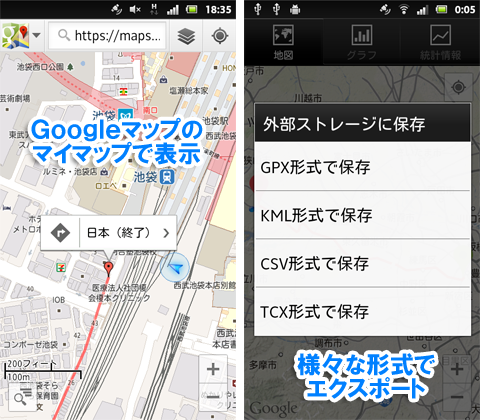

They enjoyed the full, bright moon on that day, worshipped it and expressed their thoughts and feelings under it. The term mid-autumn (中秋) first appeared in Rites of Zhou, a written collection of rituals of the Western Zhou Dynasty (1046–771 BCE).Įmpress Dowager Cixi (late 19th century) enjoyed celebrating Mid-Autumn Festival so much that she would spend the period between the thirteenth and seventeenth day of the eighth month staging elaborate ritualsīy the Tang Dynasty (618-907), the Mid-Autumn Festival had become a fixed festival. It became even grander in the Song Dynasty (960-1279). In the Ming (1368-1644) and Qing (1644-1911) dynasties, it grew to be a major festival of China. Tsukimi (月見) or Otsukimi, literally moon-viewing, refers to Japanese festivals honoring the autumn moon.
#See mytracks historical data in google fit full
The celebration of the full moon typically takes place on the 15th day of the eighth month of the traditional Japanese lunisolar calendar the waxing moon is celebrated on the 13th day of the ninth month.ĭuring the Heian period ( 平安時代, Heian jidai), elements of the Chinese Mid-Autumn Festival were introduced to Japan. Members of the aristocratic class would hold moon-viewing events aboard boats in order to view the moon's reflection on the surface of the water.

The writing of tanka poetry was also an element of such mid-autumn moon viewing festivities.įrom 862 until 1683, the Japanese calendar was arranged so that the full moon fell on the 13th day of each month. In 1684, however, the calendar was altered so that the new moon fell on the first day of each month, moving the full moon two weeks later, to the 15th day of the month.


 0 kommentar(er)
0 kommentar(er)
